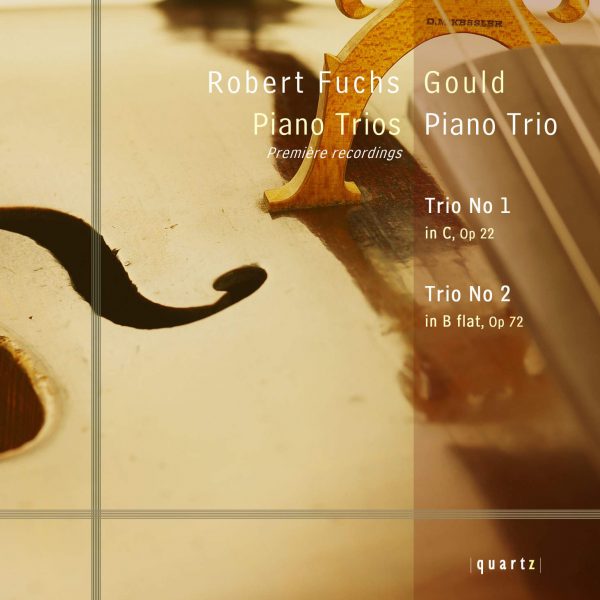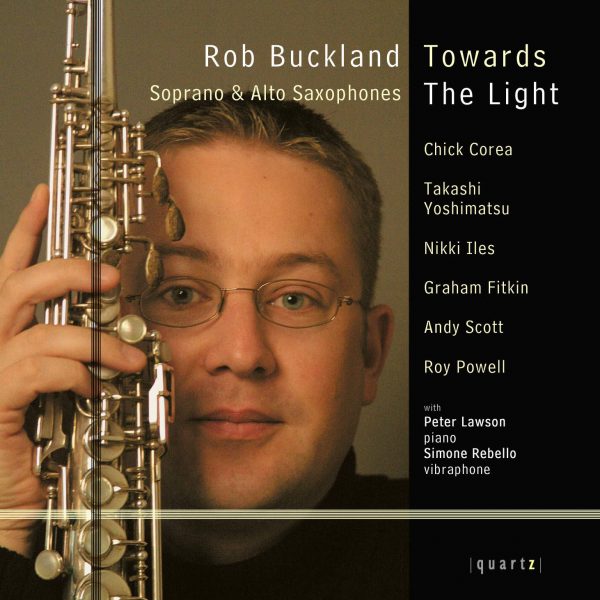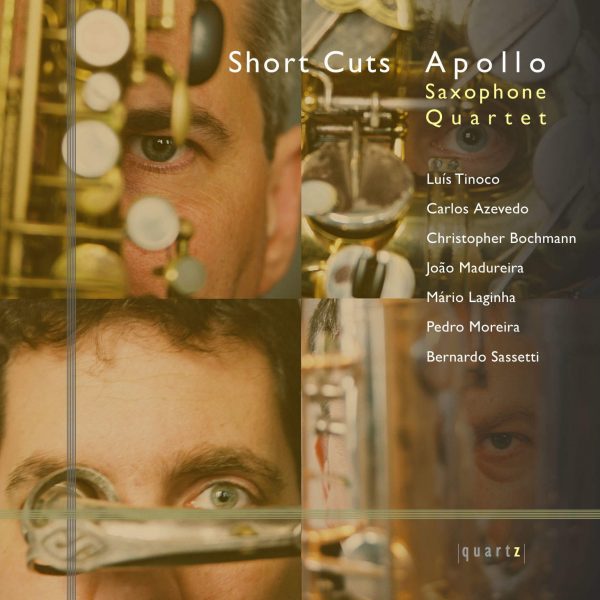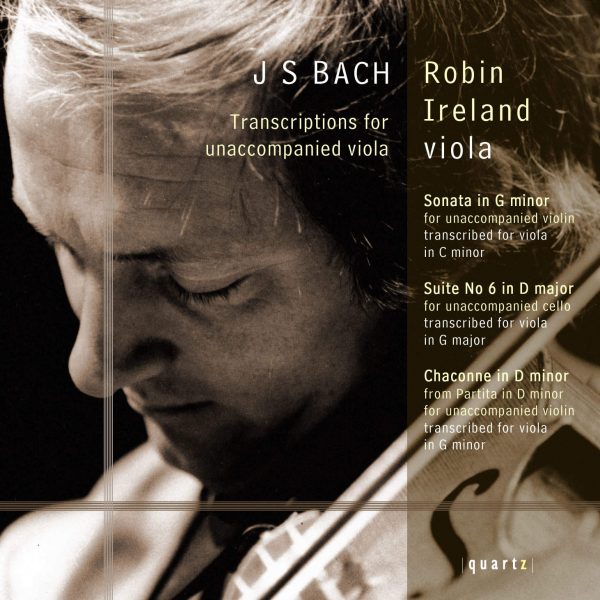Ernesto Nazareth – Solo Piano Works
£4.99 – £11.99
Marcelo Bratke – Piano Brejeiro (tango)
Pássaros em Festa (waltz)
Tenebroso (tango)
Apanhei-te Cavaquinho (choro)
Confidencias (waltz)
Sarambeque (tango)
Travesso (tango)
Coracao que Sente (waltz)
Odeon (Brazilian tango)
Eponina (waltz)
Cubanos (Brazilian tango)
Cre e Espera (waltz)
Fon Fon (tango)
Vesper (waltz)
Faceira (waltz)
Batuque (tango caracteristico)
Ameno Reseda (polka)
About This Recording
Ernesto Nazareth 1863 – 1934
Rio de Janeiro, 1916 – French composer Darius Milhaud, a member of “Le groupe des Six”, arrives in Brazil as a cultural attaché for Ambassador Paul Claudel. It was a Sunday of carnival, and Brazilian composer Heitor Villa-Lobos had been asked by the government to show the diversity of Brazilian music to Milhaud.
After several days of travelling through the streets of Rio, they went to the Odeon Cinema where native composer Ernesto Nazareth was playing the piano in the cinema waiting room. “After I heard the music of Nazareth, I finally understood the meaning of Brazilian soul,” said Milhaud to Villa-Lobos.
Ernesto Nazareth was born in Rio de Janeiro and learned to play the piano with his mother, who had a preference for waltzes and polkas. After her passing away in 1873, Ernesto continued his piano studies and began composing. His first polka, Você Bem Sabe was written and published by the time he was 14. He later started hanging out with choro musicians, who provided him with an acute and original sense of rhythm. Being also influenced by styles like maxixe, lundu, African beats and, of course, choro, Nazareth nonetheless fought against allowing such popular denominations into his music. As a classical musician, at best he would classify his works as Brazilian tangos, since tangos and polkas were the pop styles of the day (1880s). He was the composer who explored the application of European classical traditions to native popular Brazilian music, strongly influenced by Afro-Brazilian rhythmical patterns. His recitals began in theatres, hotels and luxury cinemas, where his first appearances were to play live soundtracks over silent films. During his time at Cinema Odeon, his recitals in the waiting room would attract people who neglected the films in order to just attend his matinee concerts. His performances of chorinhos alongside Chopin and Beethoven became legendary. Darius Milhaud went to the Odeon with Villa-Lobos for the sole purpose of seeing Nazareth perform as many others did, from other states of Brazil and from other countries as well.
He died in tragic circumstances; he began facing hearing problems that worsened toward the end of his life, the trauma caused by his daughter’s and wife’s deaths intensified the decay of is mental health and he was committed in 1933 at the Jacarepaguá Mental Hospital, dying here the following year; Ernesto Nazareth became a national icon for establishing a true dentity for Brazilian music and classifying the genre outside of European association. His usic is extremely popular and alive in Brazil today, recognized all over the country on all ocial and cultural levels.
In Rio de Janeiro at the end of the Nineteenth Century the majority of middle and upper class families had a piano, which was considered to be a feminine pursuit, whilst males were expected to go for more masculine activities. It was the music of Chopin that echoed the tradition of European culture for social events at salons where the so called “cultured’ people used to entertain their prestigious guests in meetings, waltzes and mazurkas mingled with the updated news of this far way tropical country. From the windows, which were regularly opened due to the intense heat, I imagine that one could not avoid hearing the rhythmical music played by percussion instruments that came from the slums and shanty towns of the city, played by the descendents of the African slaves (slavery was only abolished in 1888), who transcribed the traditional African rhythms into a new mix created from various elements of the different African origins, flourishing in a new format “Made in Brazil”.
Ernesto Nazareth loved and found great inspiration in Chopin but lived in this city where sounds fluctuated between its best salons of Flamengo, Botafogo, Copacabana and the places where music was played in the streets. Samba, Maracatu and Frevo, were the rhythmical elements influencing the music of this rather naive composer who spent most of his life in Rio, a city of social and cultural contrasts.
So it is not difficult even for someone who is not familiar with Brazilian music, to recognize where this collage of sounds came from when listening to some of Nazareth’s waltzes like Coração que Sente and Epônina or even Brazilian tangos such as Travesso, Cubanos or Tenebroso. What is interesting though is that in partaking of this “forbidden” exercise of musical freedom, which approximates European tradition to Afro-Brazilian popular cultures, Nazareth was able to create a new physiognomy to Brazilian music in a period in which the separation of classes was so dramatic that while European music was a complete elitist practice, it was forbidden by law to play samba in the streets of Brazil; to the point that if a group of people were caught doing so, they could be sent to jail. Nazareth was probably the first composer who detached Brazil from its musical traditions, becoming a great source of inspiration for the major Brazilian classical and popular composers who came after him, including Heitor Villa-Lobos, Camargo Guarnieri, Radamés Gnatalli, Tom Jobim.
© 2008, Marcelo Bratke
Track Listing
-
Ernesto Nazareth
- Brejeiro (tango)
- Passaros em Festa (waltz)
- Tenebroso (tango)
- Apanhei-te Cavaquinho (choro)
- Confidencias (waltz)
- Sarambeque (tango)
- Travesso (tango)
- Coracao que Sente (waltz)
- Odeon (Brazilian tango)
- Eponina (waltz)
- Cubanos (Brazilian tango)
- Cre e Espera (waltz)
- Fon Fon (tango)
- Vesper (waltz)
- Faceira (waltz)
- Batuque (tango caracteristico)
- Ameno Reseda (polka)




